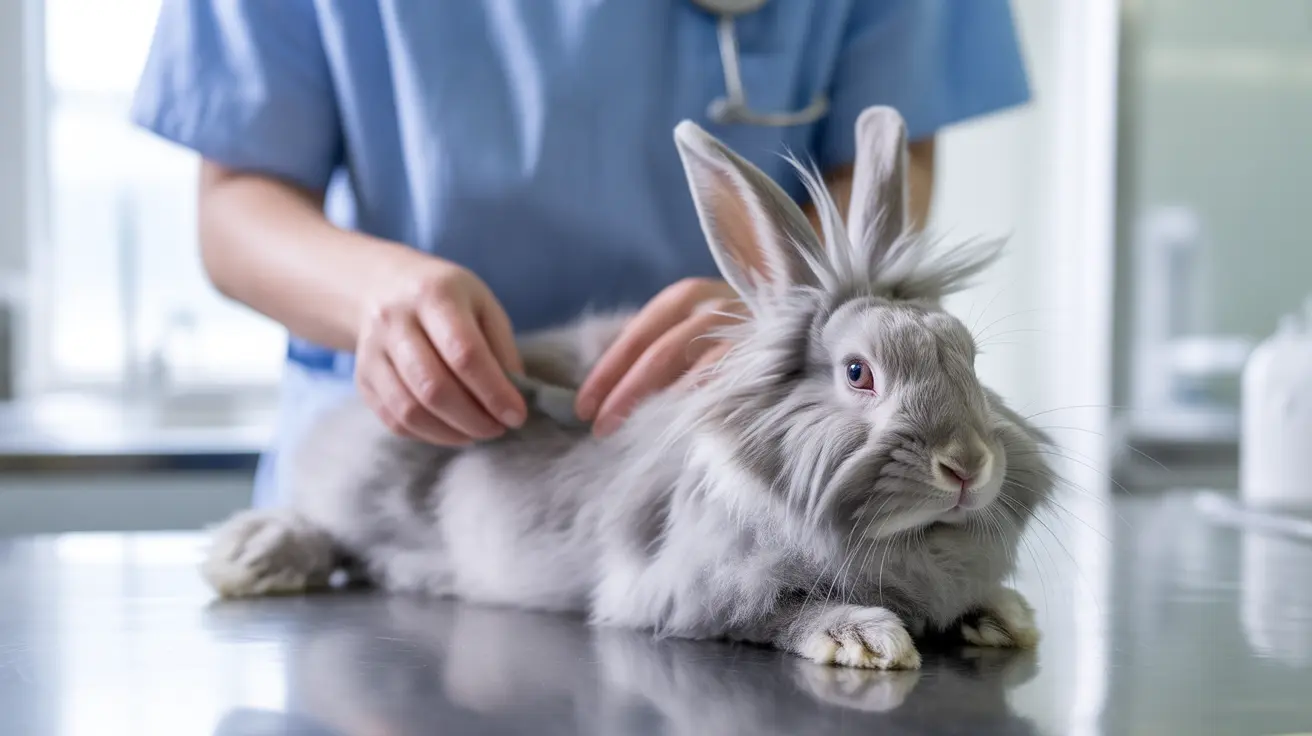A large-scale animal rescue operation in Orange County, New York, has highlighted the complex challenges surrounding exotic pet ownership in New York. Local authorities recently removed close to 100 animals, including both domestic and exotic species, from a single residential property in Warwick, showcasing a concerning case of animal hoarding and neglect.
Among the rescued animals was a rabbit with severely overgrown fur, multiple peacocks, bearded dragons, and surprisingly, a wallaby discovered in the home's bathroom. The diverse collection of animals also included numerous dogs, cats, and even a tarantula, all living in conditions that prompted intervention from animal welfare authorities.
Animal Welfare in Hoarding Cases
The discovery represents a classic example of how animal hoarding can affect both traditional pets and exotic animals. The conditions found in the home demonstrated several red flags that animal welfare experts typically associate with hoarding situations:
- Overcrowded living conditions
- Inadequate care and maintenance
- Multiple species housed inappropriately
- Visible signs of neglect, such as the rabbit's overgrown coat
Animal Neglect Reporting
This case serves as a crucial reminder of the importance of reporting suspected animal neglect. When community members notice signs of animal hoarding or neglect, prompt reporting to local animal control or humane society organizations can prevent situations from deteriorating further.
Caring for Exotic Animals
The presence of unusual pets like wallabies and peacocks raises important questions about exotic pet care requirements. These animals need specialized:
- Housing conditions
- Dietary requirements
- Temperature control
- Veterinary care
- Social interaction
Veterinary Care for Exotic Pets
Exotic animals require specialized veterinary care that differs significantly from traditional pet care. Regular health monitoring and access to veterinarians with exotic animal expertise are essential for maintaining these creatures' well-being.
Zoonotic Diseases from Pets
The combination of multiple species in close quarters creates potential health risks for both animals and humans. Proper housing, hygiene, and veterinary care are crucial in preventing the spread of zoonotic diseases in multi-pet households.
Frequently Asked Questions
What are the legal requirements for exotic pet ownership in New York?
Exotic pet ownership in New York is strictly regulated by state and local laws. Specific permits are required for certain species, and some animals, including certain exotic pets, may be completely prohibited. Owners must comply with these regulations or face legal consequences.
How can I identify signs of animal hoarding?
Key indicators include overcrowded living conditions, unsanitary environments, visibly neglected animals (such as overgrown coats or signs of malnutrition), and the presence of multiple species in inappropriate housing conditions. If you notice these signs, contact local animal welfare authorities immediately.
What special care do exotic pets require?
Exotic pets need specialized care including specific dietary requirements, controlled environmental conditions, regular veterinary check-ups from exotic pet specialists, and proper housing that meets their unique needs. Before considering exotic pet ownership, research and prepare for these specialized care requirements.
Conclusion
This Orange County rescue operation serves as a powerful reminder of the responsibilities and challenges associated with both traditional and exotic pet ownership. It underscores the importance of proper animal care, regular veterinary attention, and compliance with local regulations regarding exotic pet ownership.
For those considering exotic pet ownership, this situation highlights the necessity of thorough research, preparation, and commitment to providing appropriate care. It also emphasizes the crucial role of community vigilance and prompt reporting in preventing animal neglect and ensuring the welfare of all pets, whether exotic or domestic.






